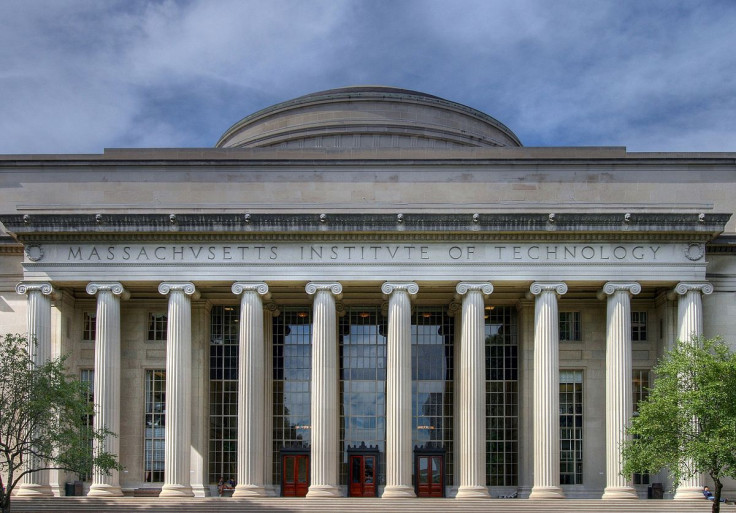
The Massachusetts Institute of Technology (MIT) has reported a significant decrease in the percentage of Black, Hispanic, Native American, and Pacific Islander students in its incoming class of 2028, the institution's first undergraduate class admitted since the U.S. Supreme Court's decision to ban affirmative action.
For the class of 2028, about 16% of students belong to these minority groups, the university announced, down from a baseline of approximately 25% in recent years.
The drop is particularly notable when compared to the 2027 class, where the percentage of Black students fell from 15% to 5%, and Hispanic and Latino students decreased from 16% to 11%, according to The New York Times. MIT noted that the percentages do not total 100 because students could declare more than one race.
MIT president Sally Kornbluth described the class as exceptional but acknowledged to The Times the contrast compared to previous years:
"The class is, as always, outstanding across multiple dimensions. What it does not bring, as a consequence of last year's Supreme Court decision, is the same degree of broad racial and ethnic diversity that the M.I.T. community has worked together to achieve over the past several decades."
The shift in enrollment aligns with patterns observed in lawsuits against Harvard and the University of North Carolina, which argued that Black students, who generally scored lower on standardized tests, were given an admissions advantage, while Asian students were penalized. With race no longer a factor, a decrease in Black enrollment and an increase in Asian American students were anticipated.
The university attributed the decline partly to disparities in access to advanced high school courses in science and technology, as Stuart Schmill, dean of admissions told the outlet:
"Black and Hispanic students are less likely to attend high school where calculus is taught, where physics is taught, where computer science is taught."
The news stands in contrast with a recent study by Common Application, which found that during the first admissions season after the landmark Supreme Court ruling, not much changed as far as application trends. The study did however point out an important caveat, as highlighted by Jenny Rickard, president and chief executive the organization:
"Many of the students who applied this admissions cycle were already thinking about going to college when that decision came down. And we won't have the full picture and the makeup of entering classes until the fall."
© 2025 Latin Times. All rights reserved. Do not reproduce without permission.




